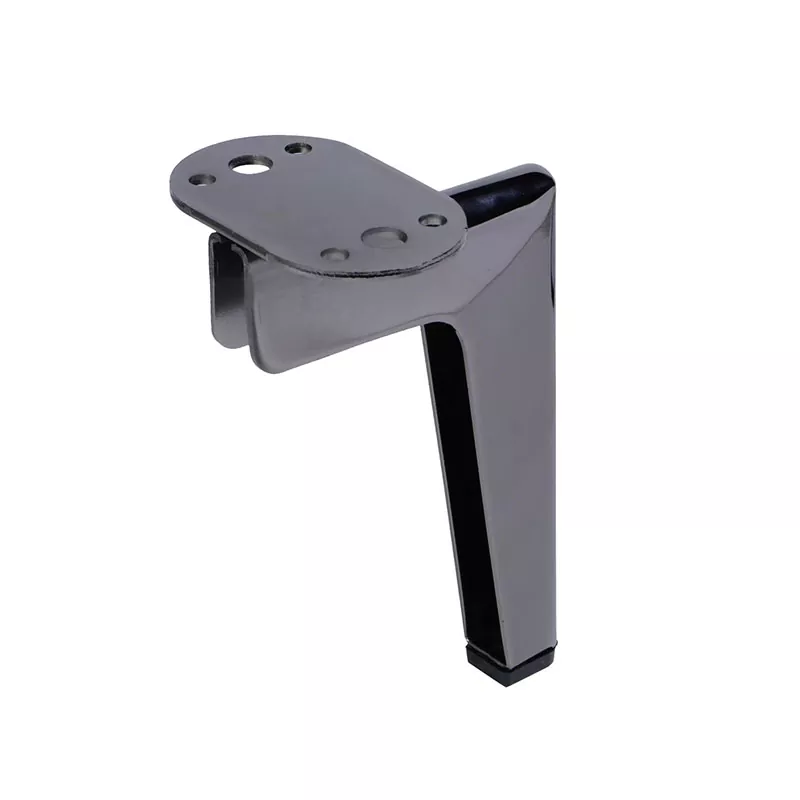Why Furniture Legs Are the Unsung Heroes of Interior Design
2024-12-07
When designing a room, furniture legs might not be the first thing that comes to mind, but they hold the power to make or break a piece's overall look and utility. These small yet crucial components play a significant role in defining furniture aesthetics, durability, and versatility.
Furniture Legs as a Design Statement
Furniture legs can dramatically influence the style and personality of a piece:
- Vintage Charm: Ornate, claw-footed legs or cabriole designs bring an antique or regal vibe.
- Modern Elegance: Angular or metallic legs add a sense of sophistication and minimalism.
- Rustic Appeal: Chunky wooden legs with a distressed finish exude warmth and character.
The leg design also dictates the tone of the space—whether formal, casual, or eclectic.
Structural Importance
While aesthetics are essential, the primary function of furniture legs is to provide support and stability. High-quality legs prevent wobbling, ensure even weight distribution, and protect your furniture from early wear and tear. Properly designed legs also enhance the ergonomics of the furniture, ensuring comfort and ease of use.
Versatility in Design
Furniture legs can transform the same base structure into various styles:
- Add hairpin legs to a wooden slab to create a chic coffee table.
- Swap basic plastic legs with tapered wooden ones for a modernized sofa.
- Incorporate casters for added mobility and functionality in workspaces or storage units.
This adaptability makes furniture legs a go-to choice for DIY enthusiasts and interior designers alike.
Sustainability and Repurposing
Replacing or upgrading furniture legs is an eco-friendly way to refresh your furniture without discarding the entire piece. This practice reduces waste and offers endless opportunities to upcycle older items into unique, stylish designs.
Tips for Selecting the Perfect Furniture Legs
1. Match the Theme: Ensure the leg design complements the overall style of the room.
2. Check the Compatibility: Verify that the legs are compatible with the furniture frame and flooring.
3. Prioritize Quality: Durable materials like metal or hardwood ensure longevity, especially for high-use furniture.
Furniture legs may seem like a minor detail, but they hold the potential to elevate your space in both form and function. By paying attention to their design and material, you can create furniture that aligns perfectly with your style and needs while ensuring long-lasting performance. Remember, sometimes it’s the smallest elements that make the biggest difference!


